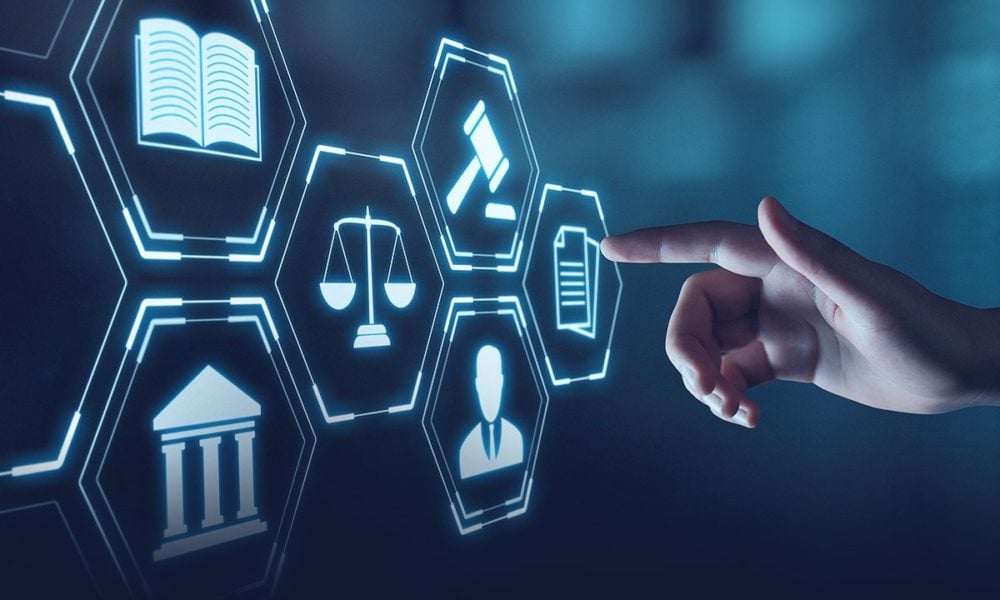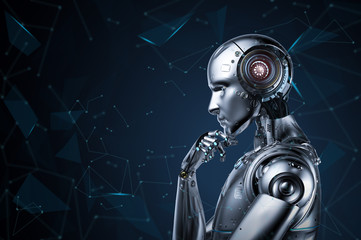
FAL
In the ever-evolving landscape of technology, the emergence of deepfake material has become a pressing topic for both individuals and businesses alike. As this sophisticated technology continues to progress, it is vital to keep afront its intricacies and implications. So, what is a deepfake? A deepfake refers to a manipulated photo, video, or sound file crafted using deep learning techniques to generate realistic yet false graphics or sounds. In this article series, we will delve into the underlying technology, the legal framework and implications, explore the benefits and hazards of deepfakes, and provide guidance on navigating this evolving technology.
Rising Presence of Deepfakes
The rise in deepfake appearances has become noticeable with advancements in technology and a surge in popularity. Deepfake content has an uncanny hyper-realistic appearance, often making it challenging for viewers to determine its authenticity. While deepfakes can be created for entertainment or humour, a significant portion are motivated by misinformation, trolling, and manipulation, thereby has potential positive and negative ramifications; as per most technologically advanced tools.
The Technological Backbone
Deepfakes are engineered using artificial intelligence (AI) software with a vast media information base, to generate high-quality photos or videos of individuals or objects. This process involves two primary machine learning components: autoencoders and Generative Adversarial Networks (GANs). Autoencoders analyse the information source to recognise the subject's appearance, behaviour, and speech patterns, while GANs then identify flaws in the fabricated media through its generator and discriminator algorithms and enhance its realism.
Creating Deepfakes
There are two main methods in creating deepfakes. Firstly, by manipulating an original image or video of the target person, and secondly, by grafting the target person's face onto a photo or video of someone else. Notable techniques include source video deepfakes, wherein autoencoders analyse original videos for distinctive features and transpose them onto other content, and audio deepfakes, where GANs replicate vocal patterns using original audio to manipulate the target voice as programmed.
Impacts and Notable Instances
High-profile incidents involving deepfake technology demonstrate its sophistication and far-reaching impacts. During the 2020 US elections, numerous deepfake videos of Joe Biden surfaced, aiming to portray the candidate as experiencing age-related cognitive decline. In 2022, during the Ukraine invasion, a highly sophisticated deepfake video of President Volodymyr Zelensky circulated, manipulating public perception by ‘telling’ Ukrainian troops to surrender. These instances emphasise the potential of deepfake technology to deceive and influence significant events such as elections and conflicts.
Escalating Threats
Instances of deepfake scams are on the rise, most recently exemplified by a voice clone imitating Joe Biden, robocalling voters in New Hampshire during persuading voters to not vote in the Presidential Primary Election. Similarly, Taylor Swift fell victim to explicit deepfake images in a targeted attack, with one post garnering over 45 million views on 'X'.
Looking Ahead
As deepfake technology continues to expand, it is increasingly important to analyse its impact and potential. In following instalments of this series, we will delve into the nuance of both the benefits and dangers of deepfake technology.
.png?width=675&height=338&name=Untitled%20design%20(8).png)
.png?width=100&height=50&name=Untitled%20design%20(15).png)
.png?width=800&height=800&name=Untitled%20design%20(57).png)


